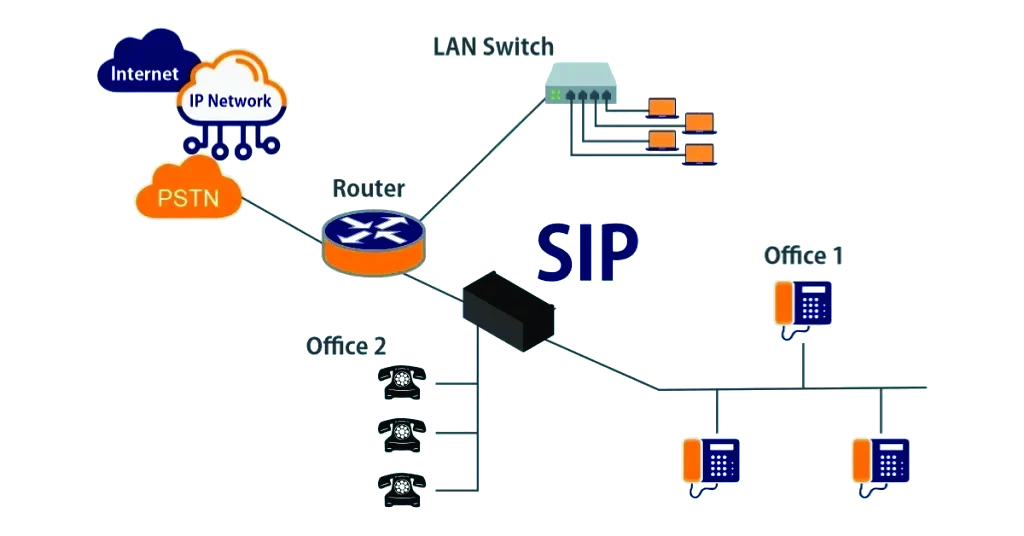The software, the technology, and the innovation, that have compelled the entire world to wake up and take notice of Cloud Call Center Technology It’s a business phone system that empowers organisations to hire and work with remote teams with the help of software that can be customised to perform a range of other functions based on your business’ specific requirements. Moreover, the technology functions on the same principles across the globe. Unified communications’ service providers’ expertise may differ in terms of experience, team size, etc. Based on this, they will customise and integrate a communication system that syncs with your business.
If you have a business that is based out of the Philippines, catering to global or local customers; and you’re planning to go with cloud call centre software service providers in the Philippines, the safest step is to shortlist a few of them. Then speak to each one at length to understand their expertise, strategies and how they are thinking of using this digital medium to transform your business. Understand what other dynamics are involved that you should pay attention to. What is the budget, and does it fit with what you’ve set aside for it?
The best convenience and advantage of hiring the Philippines based cloud call centre service is that the country has a growing global presence in terms of technology and innovation and may be able to offer you better value for your money invested in the cloud phone project.
All You Need to Know About Traditional Call Centers vs. Cloud Phones
Installation : Cloud phone software is quick and easy to install, whereas traditional call centres require a proper infrastructure driven and maintained by professionals, and requiring physical space, which makes the whole process very complex as well as expensive. While installing cloud phones, you brief the software service provider about the size of the software and the features your business is going to require, based on which they will customise the package and deliver it. Erecting IT infrastructure is a lot more cumbersome and complex.
Operational costs are very high in traditional call centers, which is not the case in cloud call centre software. When you install the cloud phone software, you don’t need to rent a space, as your customer service team can work from any remote location. There are no laptops and desktops involved, as all you need is a mobile phone with some storage space and an internet connection.
Maintenance & Management : When you’re working from an on-premise call center, your management and maintenance costs run high. Maintaining hardware, licenses, and staff all comes at a cost. This is certainly not the case with cloud phone communication. Executives can work from remote locations, and you can monitor and analyse their activities and performance from the remote location too.
Remote Work: Remote working is not possible in the case of an on-premise call center, whereas integrating cloud centre software empowers your business’ customer service team to work remotely, saving you the cost of renting out office space to accommodate staff and hiring an engineer or two to erect and maintain an IT infrastructure.
Scalability : The cloud phone offers your business flexibility. When your business expands and you have more customers to serve, you simply hire more remote executives to work from remote locations. The software is scalable. This is also one aspect that you must discuss while looking for the Philippines’ unified communications software provider. So, when need arises and you’re ready to expand, the same software can be tweaked to cater to a wider audience and accommodate an increased workforce. This is certainly not the case with an on-premise call center. Expanding an on-premise call centre involves renting out more space, incurring costs on hardware, and so on.
When you contact an OmniChannel service provider in the Philippines, he will first understand your business and its requirements and will be able to create a customised solution for you to help you tackle your customer communication requirements more efficiently.





